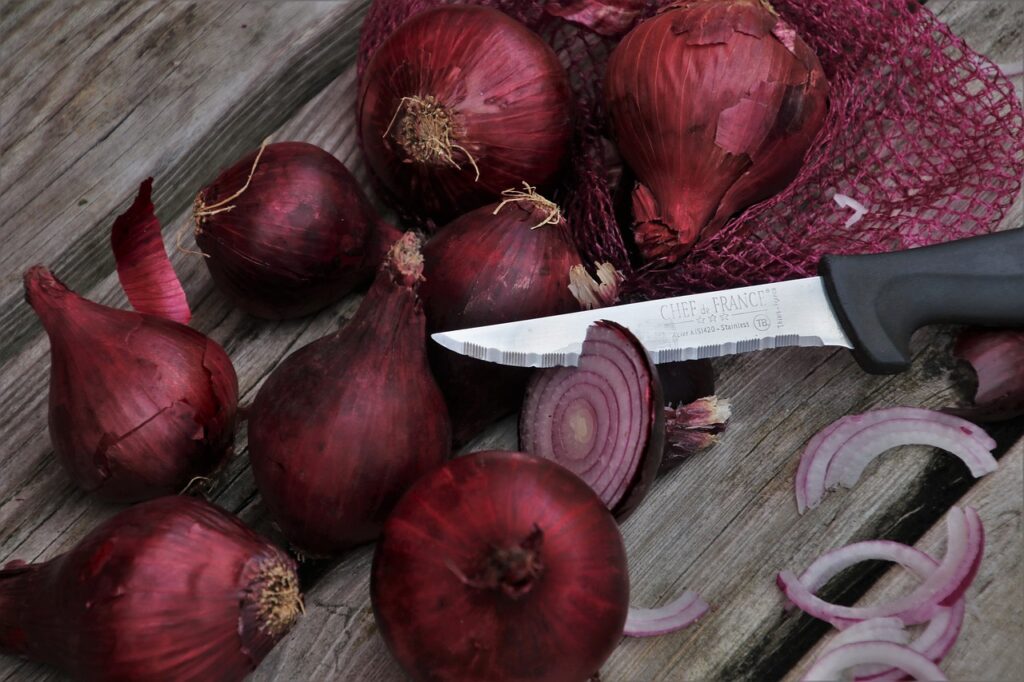Each blade is intended for a specific capability, and understanding these instruments won’t just make your cooking more proficient yet additionally more secure. In this fledgling’s aide, we’ll separate the various kinds of blades and their purposes, so you can certainly pick the right blade for each work in the kitchen. The gourmet specialist’s blade is the most adaptable and generally involved blade in the kitchen. It ordinarily has a sharp edge length of 8 to 10 inches, with a wide, bended edge that takes into consideration a shaking movement while cutting. The Chief Knife is made of polished stainless steel that can stand the test of time kokkekniv.
The culinary specialist’s blade is your go-to cut for most cooking undertakings, making it a priority in each kitchen. Its flexibility permits you to play out many cutting errands effortlessly. The paring blade is great for perplexing, nitty gritty errands that require a better touch. It supplements the bigger culinary expert’s blade by taking care of fragile work. A serrated bread blade has a long sharp edge with saw-like teeth, typically around 8 to 10 inches long. The serrated edge permits the blade to cut through food varieties with a hard outside and delicate inside without crushing them.
A paring blade is little and sharp, with an edge around 3 to 4 inches long. Its minimal size makes it ideal for errands that require accuracy and control. The utility blade is a fair sized blade, normally between 5 to 7 inches long, that falls between the gourmet specialist’s blade and the paring blade. It’s a multi-reason instrument for more modest cutting undertakings that don’t need a bigger culinary expert’s blade. Learn more information about kjøkkenkniv.

A serrated blade is ideally suited for slicing through food varieties that are hard outwardly yet delicate within. It’s essential for cooks and anybody who appreciates new bread.
The utility blade is convenient for undertakings that are too huge for a paring blade however don’t need the weight of a gourmet expert’s blade. It’s a flexible instrument for ordinary use.
It normally has a cutting edge length of 5 to 7 inches, and the empty edges (granton edge) on the sharp edge assist with keeping food from staying.
The Santoku blade is a Japanese-style blade that is like a culinary specialist’s blade however more limited, with a straighter edge and a more extensive cutting edge.
The Santoku blade is ideal for exact, slim cuts and is particularly well known for vegetable arrangement. Its plan offers more control and less shaking movement than a conventional gourmet expert’s blade.
A boning blade has a tight, adaptable sharp edge intended to eliminate bones from meat and fish. The sharp edge is typically 5 to 6 inches long, permitting it to move around bones and joints with accuracy. On the off chance that you routinely get ready meat or fish, a boning blade is fundamental for accuracy work. It assists you with eliminating bones without squandering meat, making it ideal for home cooks who like to purchase entire cuts of meat.
A cutting blade is irreplaceable for occasions and unique events when you want to serve enormous, cooked meats. It guarantees proficient, uniform cuts. A cutting blade has a long, slight sharp edge, ordinarily 8 to 12 inches long, intended for cutting cooked meat into slim, even cuts. Its restricted profile takes into account cleaner cuts with insignificant tearing.
A knife is a huge, weighty blade with a rectangular cutting edge. While it might look scary, it’s profoundly successful for cleaving through hard cuts of meat and bone. The edge is wide and strong, intended to endure the power required for cleaving. Assuming you consistently cook with huge slices of meat or need to separate poultry, the blade is the ideal instrument. It’s a butcher’s dearest companion for hard core undertakings.
